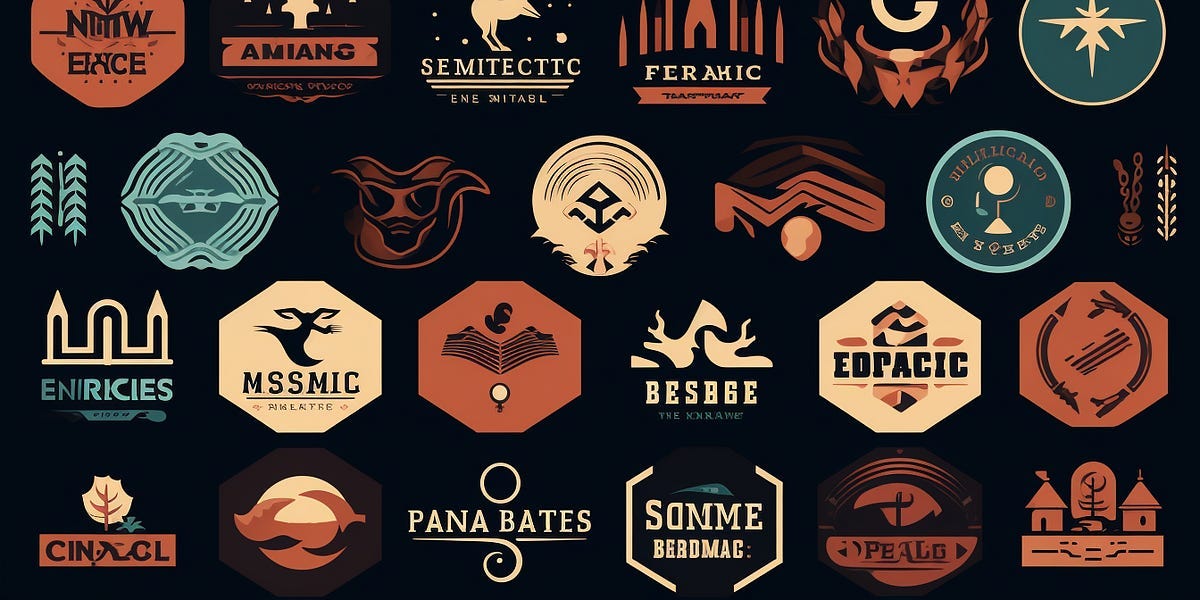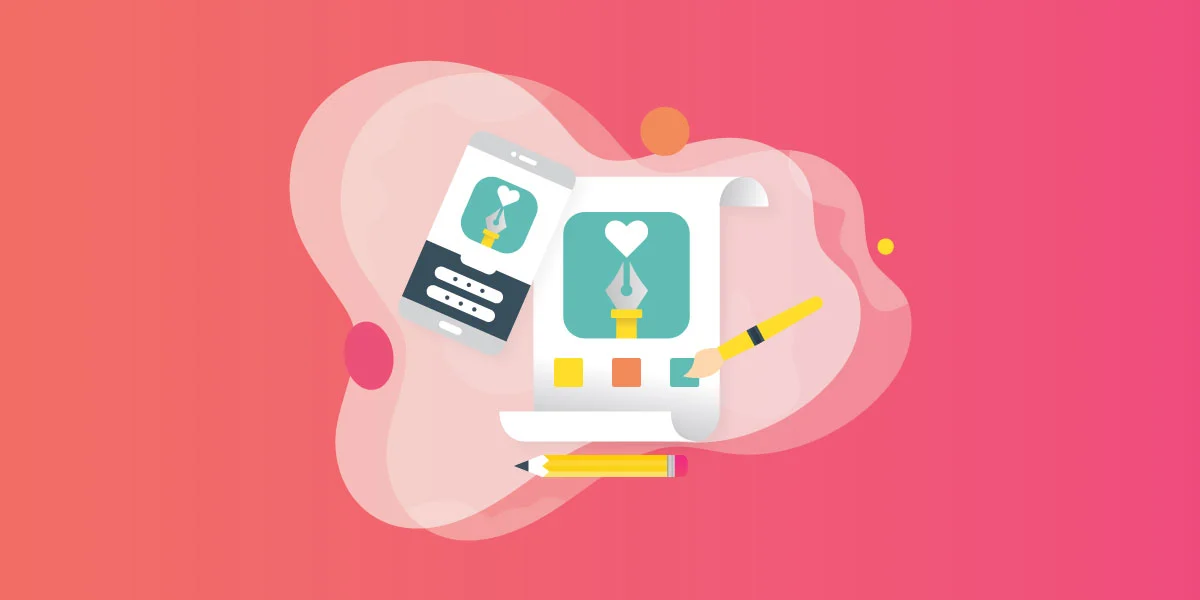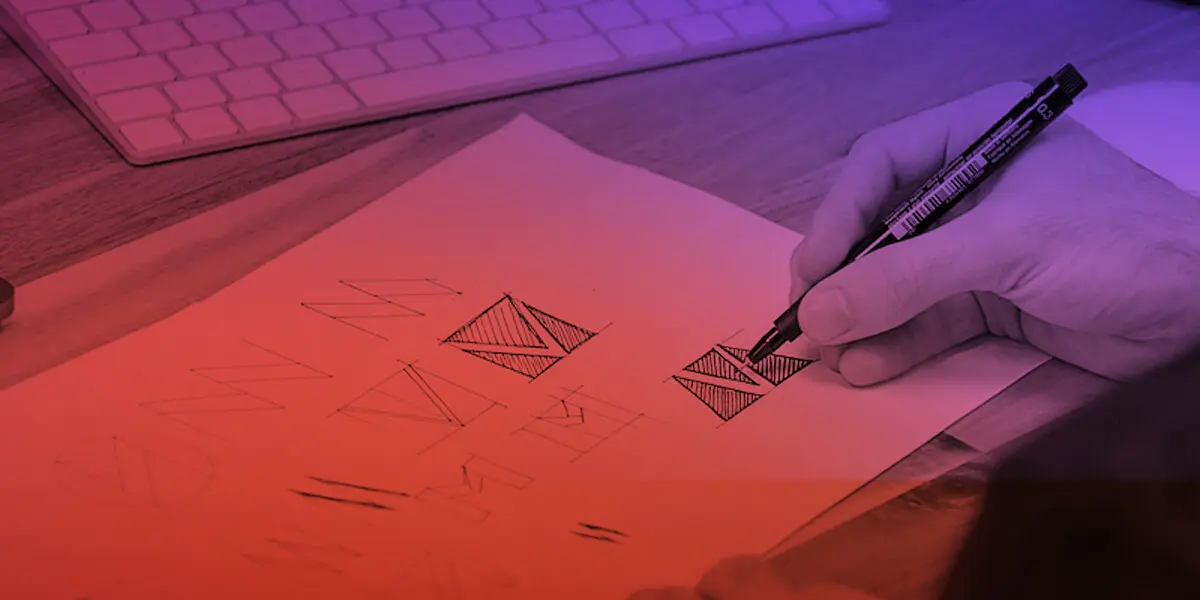
In today’s ever-evolving digital landscape, a logo serves as the face of a brand, communicating its identity and values to the world. As consumer preferences and design technologies continue to evolve, it’s essential for businesses to stay ahead of the curve by anticipating upcoming trends in logo design. Let’s delve into the forecast for logo design trends in the coming year.
Introduction
In the dynamic realm of branding, logo design trends play a pivotal role in shaping consumer perceptions and market competitiveness. Staying abreast of emerging trends ensures that businesses maintain relevance and resonance with their target audience.
Minimalism: The Evergreen Trend
Minimalism remains a timeless trend in logo design, characterized by simplicity and clarity. Embracing minimalism allows brands to convey sophistication and elegance while ensuring instant recognizability across various platforms.
Geometric Shapes: A Modern Touch
The use of geometric shapes in logo design adds a contemporary flair, symbolizing precision and innovation. From triangles to circles, geometric elements infuse logos with a sense of modernity and visual appeal.
Vintage Revival: Classic Charm
Drawing inspiration from bygone eras, the vintage revival trend infuses logos with nostalgia and timeless charm. By evoking sentiments of authenticity and heritage, vintage-inspired logos establish a sense of trust and credibility.
Handcrafted Appeal: Personal Touch
In an age of digital proliferation, handcrafted elements in logo design add a human touch, fostering emotional connections with consumers. Hand-drawn illustrations and lettering imbue logos with uniqueness and authenticity.
Bold Typography: Making a Statement
Typography serves as a powerful tool for communication in logo design, allowing brands to convey their message with clarity and impact. Bold and expressive typography makes a memorable statement, leaving a lasting impression on viewers.
Color Gradients: Vibrant and Versatile
The use of color gradients adds depth and dimension to logos, creating visually striking designs that captivate attention. Gradients offer versatility, enabling brands to experiment with vibrant color schemes and create dynamic visual experiences.
Animated Logos: Dynamic Branding

With the proliferation of digital platforms, animated logos have emerged as a dynamic branding tool, engaging audiences through motion and interactivity. Animated logos enhance brand storytelling and captivate viewers with captivating visuals.
Sustainability: Eco-Friendly Designs
As environmental consciousness grows, brands are increasingly incorporating sustainability into their logo designs. Eco-friendly logos communicate a commitment to social and environmental responsibility, resonating with eco-conscious consumers.
Abstract Art: Creative Expression
Abstract elements in logo design offer boundless opportunities for creative expression, allowing brands to convey complex concepts and emotions. Abstract logos spark curiosity and intrigue, inviting viewers to interpret their meanings.
Adaptive Logos: Versatile Branding
In an era of diverse digital platforms and screen sizes, adaptive logos ensure consistent brand representation across various contexts. By optimizing for adaptability, brands enhance their visibility and accessibility to audiences worldwide.
Storytelling Logos: Narrative Branding
Storytelling logos weave narratives that resonate with consumers on an emotional level, fostering deeper connections and brand loyalty. By evoking emotions and memories, storytelling logos create meaningful brand experiences.
Audio Branding: Sonic Identity
Incorporating sound elements into logo design establishes a unique sonic identity for brands, enhancing their memorability and recognition. Audio logos create immersive brand experiences that resonate with auditory senses.
Virtual Reality: Immersive Branding
With the rise of virtual reality (VR) technology, brands are exploring immersive experiences in logo design. VR logos transport users into virtual worlds, creating memorable brand interactions and forging stronger emotional connections.
As businesses navigate the ever-changing landscape of logo design, it’s crucial to remain vigilant and adaptive to emerging trends and consumer preferences. By leveraging the power of creativity and innovation, brands can carve a distinct identity in the market and establish lasting connections with their audience.
Embracing Diversity: Inclusivity in Design

Incorporating diversity and inclusivity in logo design reflects a brand’s commitment to equality and representation. By embracing diverse perspectives and cultural elements, logos resonate with a broader audience and foster a sense of belonging.
Interactive Logos: Engaging User Experiences
Interactive logos invite users to participate in brand experiences, fostering engagement and brand loyalty. From clickable elements to gamified interactions, interactive logos create memorable experiences that leave a lasting impression.
Adaptive Color Schemes: Dynamic Branding
Adaptive color schemes allow brands to tailor their logos to different contexts and audiences, ensuring maximum impact and relevance. By adjusting colors based on cultural nuances and seasonal trends, logos maintain versatility and appeal.
Data-Driven Design: Personalized Brand Experiences
Harnessing data insights enables brands to create personalized logo design that resonate with individual preferences and behaviors. By leveraging analytics and user feedback, logos can evolve dynamically to meet changing consumer needs.
Collaborative Design: Co-Creation with Consumers
Engaging consumers in the design process fosters a sense of ownership and community around brand identity. Through crowdsourcing and co-creation initiatives, brands empower customers to shape their logos, resulting in authentic and inclusive designs.
Engaging Customers in the Design Process
One of the key tenets of collaborative design is to engage customers at various stages of the design process. This may involve soliciting feedback on initial concepts, conducting surveys to gauge preferences, or hosting design workshops where consumers can brainstorm ideas collaboratively.
Leveraging Online Platforms for Collaboration
In the digital age, brands have access to a plethora of online platforms and tools that facilitate collaboration with consumers. Social media platforms, crowdsourcing websites, and dedicated co-creation platforms enable brands to reach a wide audience and collect diverse perspectives on logo design.
Conclusion
Anticipating trends in logo design is essential for brands seeking to maintain relevance and competitiveness in a rapidly evolving market landscape. By embracing emerging trends and innovative techniques, businesses can elevate their branding efforts and stay ahead of the curve.
In an era defined by rapid technological advancements and shifting consumer expectations, staying ahead of the curve in logo design requires foresight, creativity, and adaptability. By embracing emerging trends and leveraging innovative techniques, brands can craft compelling logos that resonate with audiences and stand the test of time.
